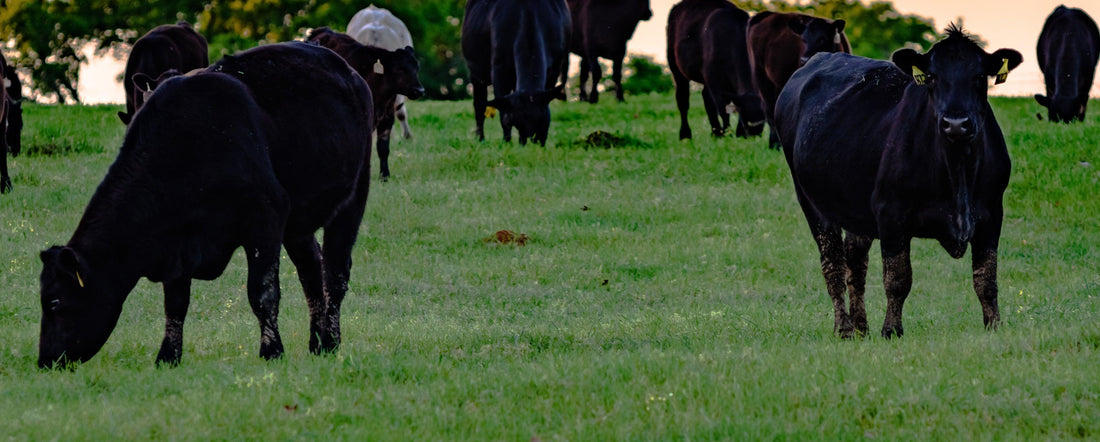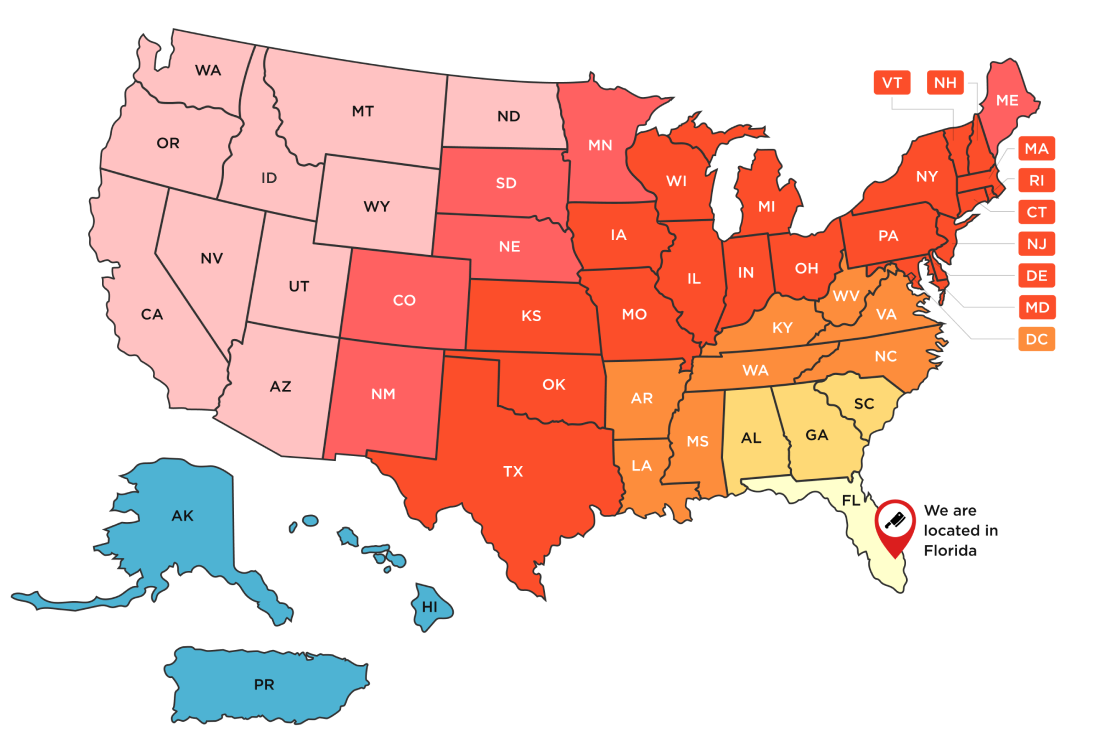
What Does 100% Grass Fed And 100% Grass Finished Beef Really Mean?
At Meat N' Bone, we have always stayed away from Grass Fed beef, not because of its quality but because of the lack of regulation, traceability and trust-worthiness of grass fed programs. However, we have decided to jump into the game of grass fed beef, since we found a supplier that we TRUST. When it comes to "grass fed" programs, trust is all that matters.
What Does Grass Fed And/Or Grass Finished Really Mean?
Well, it depends on who you ask. According to the American Grass-Fed Association, grass fed cows are supposed to be given continuous access to rangeland, and cannot be fed grains or grain bi-products. In the event of a drought or other “adverse weather conditions”, farmers are allowed to bend these rules if the animal’s wellness is in jeopardy, but they must maintain meticulous records. Bending the rules is where things start to get sketchy (more on this later).
What Is The USDA Definition Of Grass Fed?
If you ask the USDA and the US Government, the definition is even more ambiguous. Prior to 2012, the USDA had a firm definition of what grass fed meant. However, in 2012 the USDA decided to drop its official denomination of "grass fed" because they concluded that they "did not have the authority to define and determine whether specific grass-fed claims that companies make on their packaging are "truthful and not misleading."
So as of TODAY, while the USDA still evaluates and approves grass-fed claims, the government no longer has an official definition of the term "grass-fed”, which means the phrase is open to interpretation.

As a result the claim "Grass fed" is similar to the term "sashimi grade or sushi grade," you will see in the supermarket. Basically, the claim of "grass fed beef" is only as trustworthy as the market that makes it.
There are even situations where a cow may be raised on pasture for a majority of its life, but finished on grain prior to slaughtering to assist in weight gain and improve marbling and tenderness. This beef could still be labelled as grass fed given the lack of regulation around the use of the term.
In an attempt to provide more clarification and set their product apart from the masses, some producers will use the terminology 'grass finished' to provide consumers some extra comfort in knowing their beef was raised exclusively on pasture and grass their whole life.
For more information about grass and grain feeding, read our article about grass fed beef vs grain fed beef.
The Lack Of Trust And Transparency Around Grass Fed Beef
Grass fed beef is more expensive to raise, as animals may take up to a full extra year to reach maturity and to be ready for processing. That's an additional year of feed and an additional year of labor. This equates to an extra full year of work for the farmers.
Taking these factors into account, grass fed beef SHOULD be more expensive than regular beef. However, that is not the case. The market has been FLOODED with imports of Australian, Uruguayan and Argentinian "grass fed beef." But is it really grass fed? And if so, under what standards?
We know this first hand, it has taken us a year to find a reputable grass fed program to work with (you could toss a rock in Miami and hit someone selling Latin American "grass fed" beef. No offense meant as I'm sure there are some good programs out there).
There is a massive subscription box company that will tell you "we source from grass fed farms in Australia." Considering Australia is almost as big as the US, that is not saying much especially when, based on current "regulations," you could feed a cow potato chips and coca cola for most of its life and say it's "grass fed".
Moreover, the fact that an animal is grass fed, does not mean it is not confined or that it lived a good life. There are MANY CAFO (concentrated animal feeding operations) raised cattle that end up sold as "grass fed."
We Have Found The Holy Grail Of Grass Fed Beef
There are certainly a few providers who offer real, high quality, traceable grass fed beef in the US. We were not one of them until now.
 We were invited to sell 100% grass fed / 100% grass finished beef from a ONE FARM program in Nebraska. This program is very exclusive, harvesting only 40 cattle bi-weekly. It is NOT and will NOT be found in any retailers and is fully traceable from farm to plate. This is a truly unique program with exclusivity and protection put in place to protect its distribution partners and create enough supply for those who have access to it.
We were invited to sell 100% grass fed / 100% grass finished beef from a ONE FARM program in Nebraska. This program is very exclusive, harvesting only 40 cattle bi-weekly. It is NOT and will NOT be found in any retailers and is fully traceable from farm to plate. This is a truly unique program with exclusivity and protection put in place to protect its distribution partners and create enough supply for those who have access to it.
Why Not Choose Other Providers? What Makes Our Grass Fed Beef Better?
- An overwhelming majority of grass fed beef is imported into the US, specifically from countries that do not have the same quality standards or dining preferences as our domestic restaurants (South America, England, Australia, etc.)
- Most grass fed programs do not focus on marbling, taste, and texture – they simply raise product without grain so that may advertise it as grass fed,
- Few, if any, grass fed programs are also breed specific – most programs are a mix of breeds without any requirements on genetic makeup of the program or consistency from one animal to the next.
- There is a complete and total lack of restaurant quality grass fed and finished angus beef in the US and most consumers have resigned themselves to eating low quality grass fed beef because there is no alternative.
- 100% of our grass fed cattle are bred, born, raised, and processed in the U.S. We support American farmers and families. Moreover, we support the RIGHT farming practices.
- Our secret is the breed and blend: using exceptional Angus genetics and a perfected blend of grasses and forage, we produce a product that outperforms any other grass-fed option and even goes toe-to-toe with G1 Certified Upper Choice and Prime Beef Programs.
Check out our amazing grass fed beef range here.
← Older Post Newer Post →








